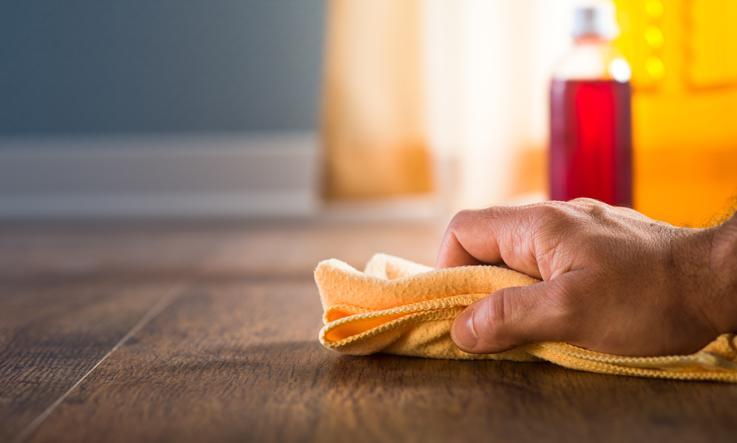
Porcelain stoneware: cleaning and practical advice
The peculiar characteristics of stoneware are the ease of maintenance and cleaning which, together with its durability, are also the main causes of its universal success as a coating material. Yet the only real cause of disputes and disappointment of a floor is related to its cleaning or better, to its poor cleaning.
Fortunately, only a small minority of cases, compared to the tens of millions of square meters of ceramic sold every year in the world, are attributable to manufacturing defects. This certainly does not console those who have faced such a problem, but it is a proof of the quality of stoneware production, especially of Made in Italy products. It may seem odd that an industrial production may have defects, but we should remember that we are talking about cases that do not even reach 1% of production. We can compare it with a bakery product that is affected by ingredients, recipes, temperature and humidity. A cake that you bake in your home oven can still come out raw or overcooked, even if you have baked this cake dozens of times.
Stoneware cleaning: rough surface
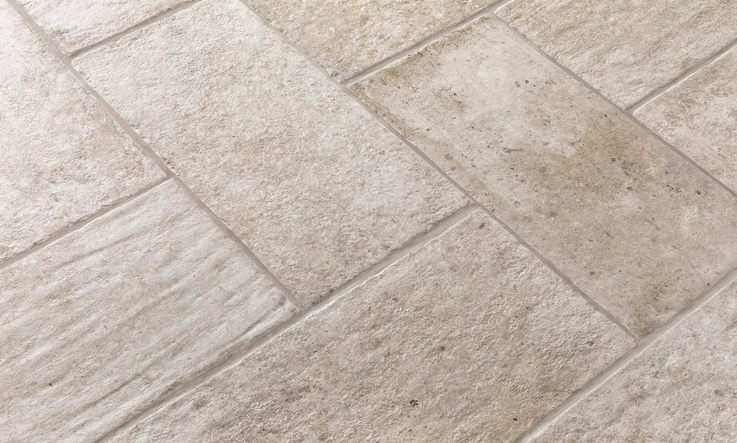
The first cause of dissatisfaction is due to the too rough surface of the tile which prevents the rag from sliding easily. In most cases this is due to a superficial choice by the customer, who perhaps trusted the summary information which he/she received at the store or found on the net.
First fundamental advice: never buy a tile without having touched it.
Always requesting a sample in order to personally test the roughness of the surface is essential to avoid future discontent. When it comes to outdoor tiles, we have to pay even more attention since their surface structure was created to prevent slipping, but if the resistance coefficient is particularly high it is possible that the "crystalline" which is applied on the surface can even get to abrade the rag. Obviously in this case it is not a manufacturing defect, but a precise need to meet the requirements for outdoor installation. If vice versa an indoor product (R9 coefficient or lower) has these characteristics, it could be an error which has occurred in the production phase.
Second fundamental advice: after testing the sample and purchasing the material, always check that the surface of the sample corresponds to that of the purchased material, by opening 4 or 5 boxes and touching the tiles before installation.
Cleaning stoneware floors: halos and stains of unknown origin
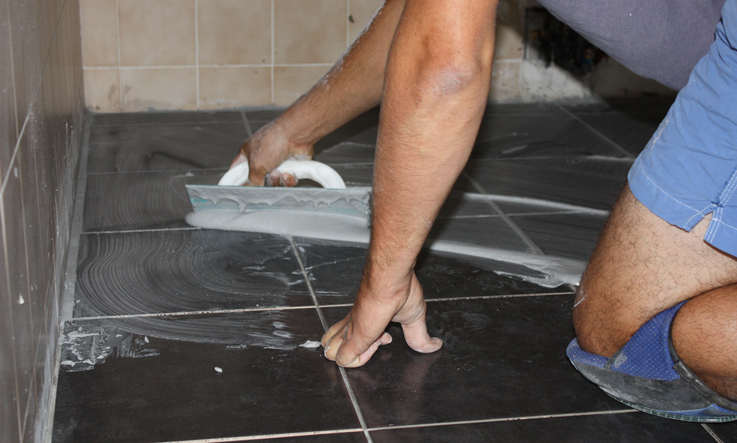
Often an inadequate cleaning after installation causes the formation of a surface film that opacifies the floor and retains the dirt. The correct washing of the tiles immediately after installation essential for the subsequent routine maintenance of the floors and walls. The grouting phase of the joints between the tiles inevitably leaves residues of cementitious grouts or epoxy on the tiles, which generate halos that are very difficult to remove later.
Although every good installer should be aware of the importance of this phase, we remind you that post-installation cleaning must be carried out by using buffered water and acid solutions capable of removing all dirt residues both containing carbonates and polymers, using special products such as those of Fila or BonaSystem to name the most popular. However, a simple wash is not enough, but more washes are needed until the wastewater is clear.
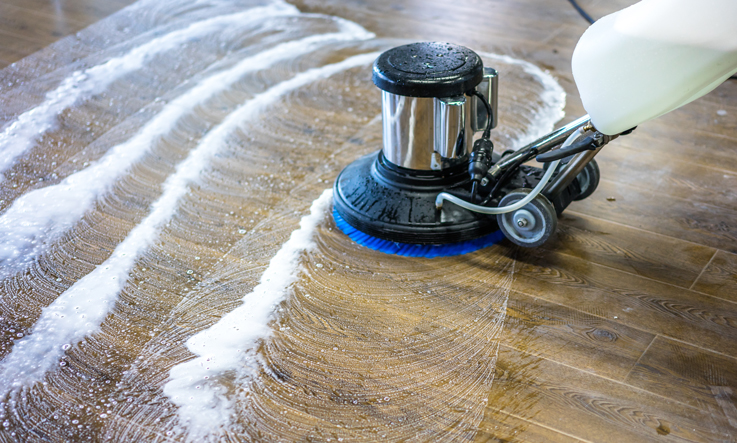
It is even better if you use machines that can suck up liquids and avoid the transfer of dirt from one part to another. Warning: the use of inadequately diluted acids can irreversibly affect the glaze of the tile. Always follow the dilution ratios indicated on the packaging of the product. If it is true that porcelain stoneware is resistant against chemicals, it is also true that this resistance refers to low concentrations of acids and bases. The use of strong acids such as muriatic acid or hydrofluoric acid can irreparably compromise the surface of the tile and often the only solution is the removal and replacement of it (polishing the stoneware is also possible but it is an expensive and complicated operation).
A second cause of halos can be due to bad cleaning or cleaning with products that can leave residues in the long run (non-neutral detergents, bleach, polishing detergents, ammonia ...), especially if not rinsed properly.In this case, the surface film that forms on the surface can appear as opaque or glossy halos, or as a light diffuse patina that can retain dirt such as the footprint of shoes. It is recommended to use specific degreasing products (such as Fila PS87), in the dilutions prescribed by the manufacturers.
The last and rarest cause is the manufacturing defect. In extremely sporadic cases even first choice tiles can have defects. Fortunately, these are rare exceptions, but during the selection phase, which constitutes the first quality control of the finished product, both human beings and computerized machines can ignore some defects. The former due to distraction or tiredness, the latter because the lighting of the tile on the selection line does not allow to perceive that defect, perhaps visible only backlight. Because these defects are difficult to perceive, they are the most dangerous since they could be noticed only once the tiles have been installed.The fundamental advice number three is therefore to always open a dozen boxes and lay the material before installation, for an accurate visual analysis in backlight, in order to highlight any irregularities such as opaque areas or strange halos. A simple 15-minute operation will save you from future headaches and the risk of having to keep a floor that you are not happy with for life. Remember that by law an installed tile can no longer be contested.
Cleaning stoneware floors: conclusions
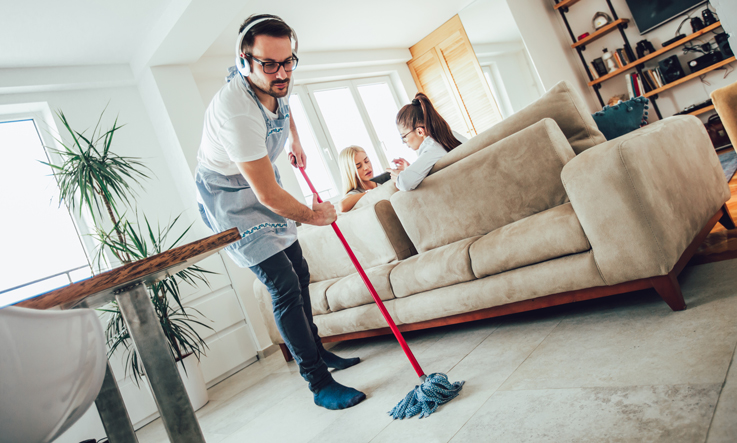
In conclusion, the main causes of discontent with ceramic products can be easily resolved by following simple preventive measures or by adopting the correct maintenance practices for porcelain stoneware. By following these advice your floor will almost clean itself by its own!